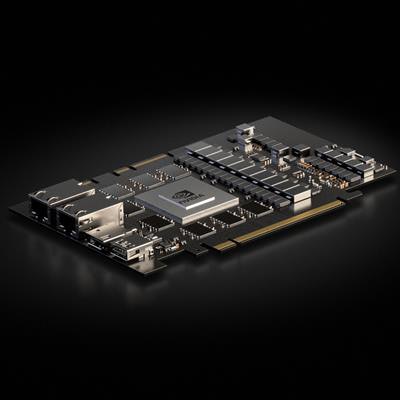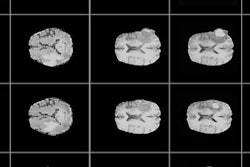
Graphics processing unit (GPU) technology developer Nvidia is moving its Clara GPU virtualization project closer to commercial reality with the launch of a software development kit (SDK) for Clara, as well as a family of graphics boards.
Nvidia first announced Clara at its GPU Technology Conference (GTC) in March 2018. Clara is a virtual supercomputing platform designed to use virtualization to enable the benefits of GPUs to be delivered throughout a healthcare enterprise. Rather than place GPUs within specific equipment, hospitals can send imaging data from devices that don't have GPUs -- such as legacy CT and MRI scanners -- to a GPU server for processing by advanced visualization applications.
In an appearance at the Nvidia GTC Japan 2018 conference on September 13, Nvidia President and CEO Jensen Huang introduced the Clara SDK and the Clara AGX Xavier line, a line of GPUs designed specifically to work in the Clara environment. The Clara AGX processors work on Nvidia's Cuda parallel computing platform and are designed to support artificial intelligence (AI) and graphics-intensive applications.
A high-end version of Clara AGX Xavier supports Nvidia's recently released Turing GPU microarchitecture, which was introduced in August 2018 and supports real-time raytracing at the consumer level. The Turing architecture also includes a dedicated tensor core AI processor and a dedicated raytracing processor.
Medical imaging is one of several markets that Nvidia is targeting for the Clara platform, in addition to autonomous vehicles and robotics. The industries all have the need to acquire and process massive amounts of data quickly.
The Clara SDK will enable software developers to create applications that leverage the power of the Clara platform, such as algorithms that can convert 2D ultrasound scans into 3D data or process MRI data to enable faster scans with less use of contrast media, according to Nvidia. The Clara SDK is available to partners on an early-access basis.



















